The core system in GURPS is 3d6 roll below a score, which has modifiers. I sometimes wondered why not just apply to everything so that there is only one core resolution to remember.
Parrying Heavy Weapons
in B376 This is a system resolved using 1d6. which is strange since there are HT stats for items in B483
Why not just make it an HT check?
the weapon "surviving" in 4-6 out of 1d6 is similar to the statistics of 11! but most weapons have an HT of 12, which complicates this. What you can do is that at 3x the weight difference, you can have a -1 penalty to the check, and every additional weight difference you can say the "weight multiplier after 2x is the penalty. So x10 the weight is -8!
Fine Quality adds '+2, wile Very Fine is '+4!
Reaction Rolls
B359 A successful rolls means you get a "good" result while any other result is a "bad" result. A good result is a 13-15 result while a "bad" result is 4-6 (B560).
GURPS Mysteries and Social Engineering has created variants and nuances to this. Of course if you have a different opinion you can apply your own modifiers to the "strategies" (each social skill is a particular psychological strategy; threats, promises, and cognitive biases). This, I think, is really where Opinions of various GMs matter and various Cultural Awareness kick in. The negotiation strategies and practices of various Business Cultures come time mind.
It saves time to just make an Adhoc Reaction Score in a given situations. Typically or in Most occasions a pretty low score. Apply the reaction modifiers, and of course there should be a penalty to "strangers" or people you just met or (a penalty that is about -3 to -5) .
Instead of the B359's system you can just apply the Margin of Success of the social roll to 10.
This is where rolling 3d6 rolling high is good. Which is strange because you can easily make it the same. You can just make reaction rolls Quick Contest and the margin of success adds to 10 which you use to compare on the Reaction Table. A margin of failure, is a negative modifier to 10 which is
So if you roll very good, with a margin of 4, then your score is 14 in the reaction table.
If you roll bad, with a margin of 5 failure, then your score is 5 in the reaction table.
VIOLA!
It even allows you Quick Contests of Reaction Roll, when you are trying to win over a 3rd party.
Regular Contests
in B349 Regular Contests is not something that is used often. Its often overlooked and can have very rewarding uses. My Opinion is that it adds drama if Modifiers or Strategies affect the outcome of the Regular Contest and the
Information is Asymmetric! This means that participants have uncertain idea of the modifiers the other participant is gathering for the contest.
This is basically how many social situations are modeled.
Regular Contests with Multiple Intervals
This is not in the rules, but its a small expansion to them. I can have multiple Intervals to my contest if the PCs can change their strategy or factors change in every interval. In this case the Total Difference of Margin of Success determines the winner.
Many things can be done in this method. Note that you can change strategy, that means each interval can be an adventure in itself where the outcome weighs heavily on the odds of the PCs. This is a great challenge to see the strategic and planning ability of Players, especially to check how they hedge their risks and how pro-active they are in turning the system on its head.
Examples of this is Lobbying Socially, where groups are exerting influence on a 3rd party. Another is Economic Competition, like merchants competing for market dominance.
Wound Threshold System
Wound threshold systems basically a different kind of abstraction. Basically instead of using Damage or HP, you just simplify it to the Wound Conditions. HP becomes a "threshold" or a benchark for damage.
Weapon's Average Damage plus Margin of success to Hit minus DR.
In another perspective its basically making Regular Contests of Abilities but in a number of intervals (those abilities is damage and toughness).
The simplest Threshold System in GURPS is just to use HP as threshold. Instead of rolling Damage, just add attack's margin of success to the "average" damage of the weapon. Call this value the wounding score.
If there would have been damage multipliers add a bonus to the wounding score.
x0.1 -5
x0.2 -4
x0.3 -3
x0.5 -2
x1 (no modifier like crushing attacks)
x1.5 '+2
x2 '+3
x3 '+4
x4 '+5
An attack with a broadsword with 1d+4 cutting would be 7. 7 + Margin of Success. If it was at the neck where cutting attack becomes x2, add 2. An attack with a MoS of 4 would have 7 + 4 + 3 = 14 wounding score.
The defender resists with his HT + DR + HP/2, call this the Toughness roll. His HP determines his Major Wound and the damage threshold of limbs. These values determines the margin of failure that would result in his condition getting down. Edge Weapons Blunt Trauma doubles the DR of metal armor against edged weapons.
HT12, DR4 (fine mail), HP13 would be HT26 minus 14. Defender has to roll vs 12. If he succeeds there was no damage. If he fails and If his HP is 12, his wound need to fail by 6 to go down on any but a hit on the limb cripples or destroys the limb.
A regular failure is a "lesser" wound and shock penalty equal to the margin of failure up to 4. Every lesser wounds give a -1 penalty to DX and IQ (this applies to Will and Per, and Self Control). At -3 wound penalty 1/2 dodge and move. Beyond -3 or 3 lesser wounds, a combatant can keep fighting if they have a margin of fail equal to HP/4. Otherwise they are down. Greater than HP/2, they are dead.
Even if the defender makes a toughness check, if the margin of success less than or equal the DR, the defender has a "scratch" (if it breaks skin) or a "bruise". Scratches and Bruises add up, when they reach up to half a major wound, their combined effects count as a lesser wound. Poisons can be delivered through scratches.
Critical hits typically have a margin of success of 10! So on a critical hit the Attacker would have dealt 19 wounding score and would have needed a 7 to resist.
In the end you track only the "really" lethal blows, filtered by HT, HP, and DR. Each Attack instance is a Quick contest against the Toughness of the Defender. The scratches dont really come to play unless its a BBG or monster with a lot of HP.










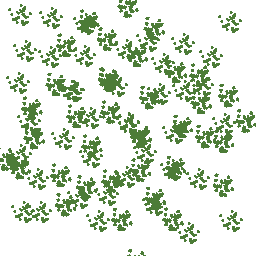
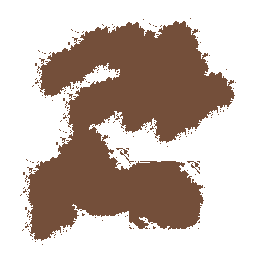
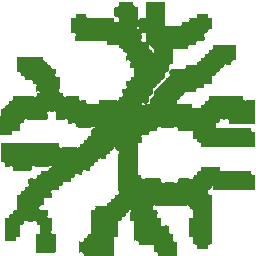


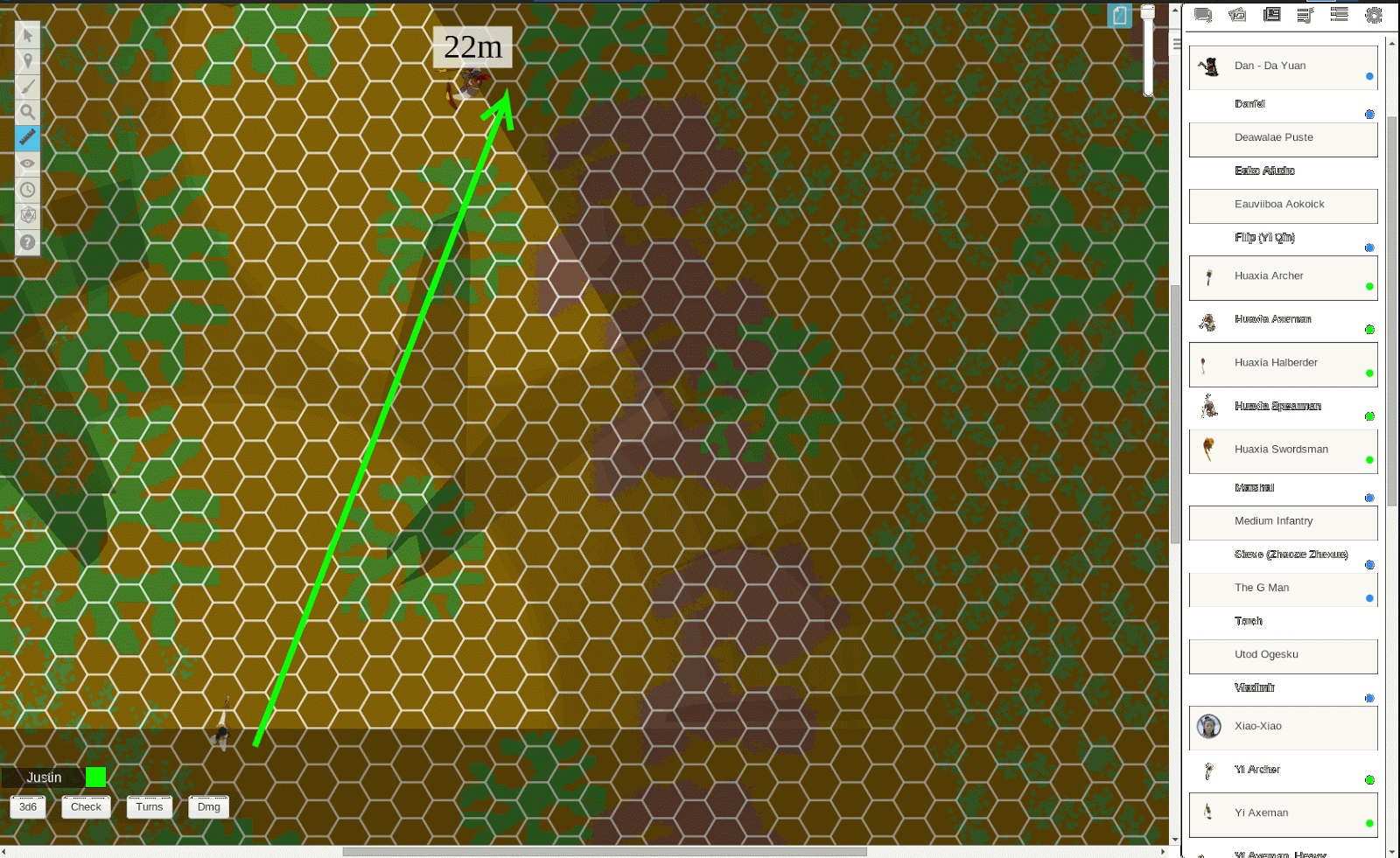



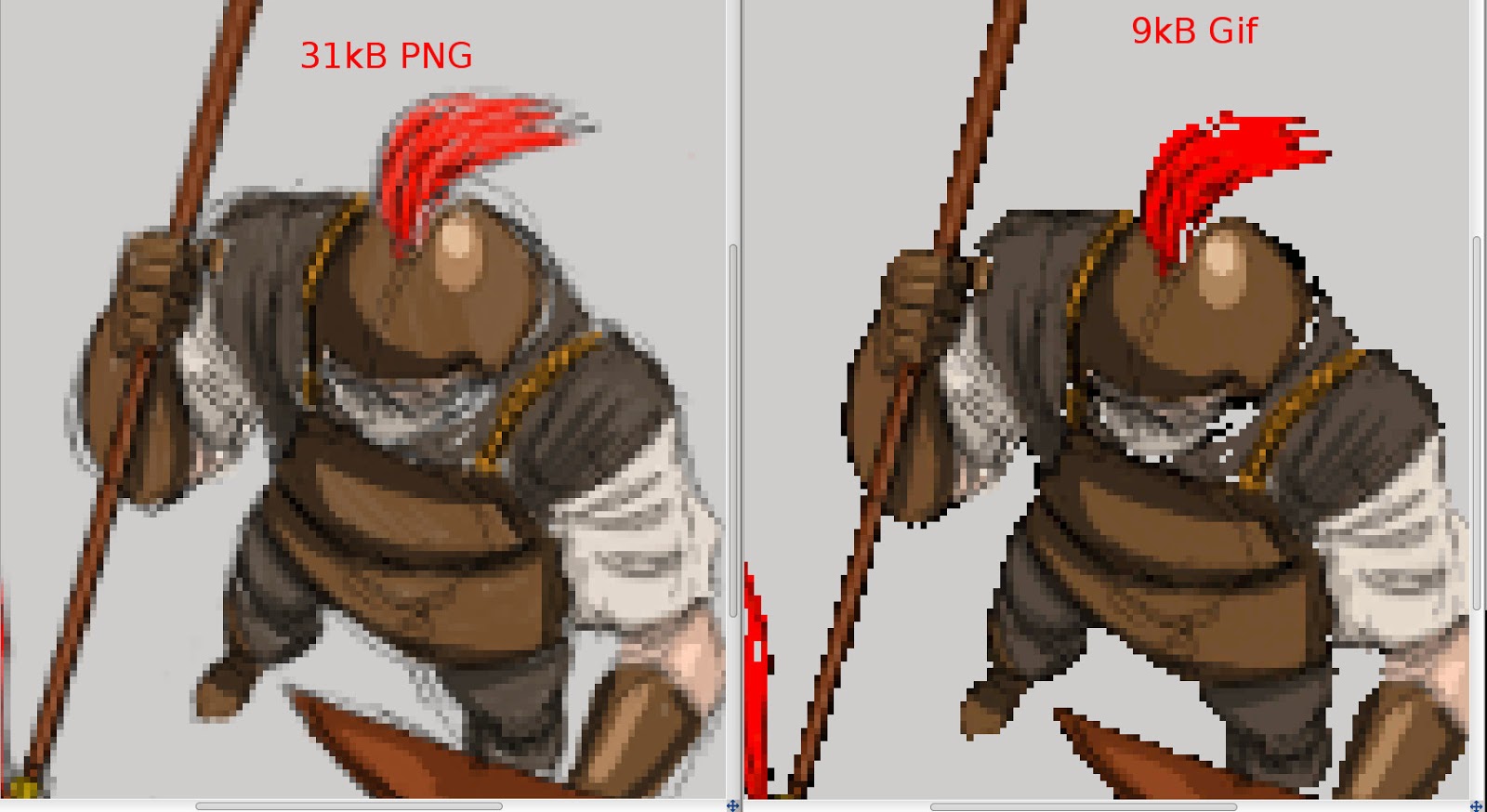
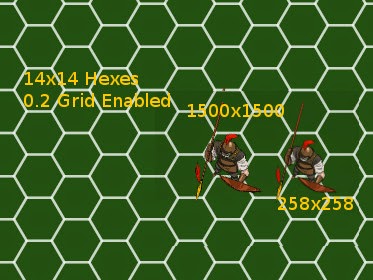














.jpg)
.jpg)




